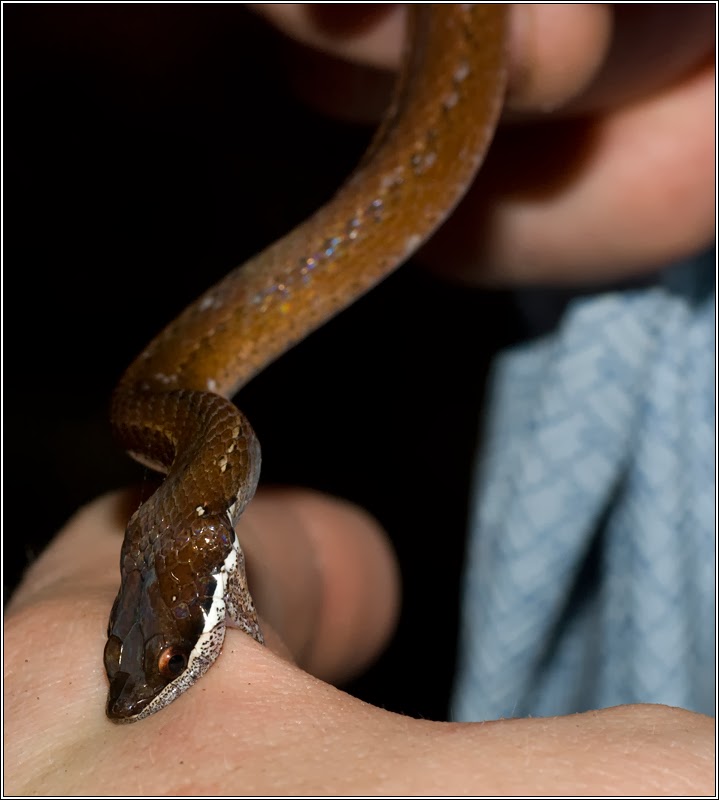One of the perks of my job is the ability to work a lot of hours during certain times of the year and bank those hours so I can take time off during slower parts of the year. I managed to bank quite a few hours in May through July of 2013, and despite several autumn and early winter trips, I have a few more weeks of banked time to use up! Here is my plan:
February 27 to March 16 - hardcore birding trip to Panama
On Thursday, February 27 I am flying from Toronto to Panama City, where I will meet up with David Bell (who is currently tearing it up in Mexico) and Steve Pike. Our itinerary, as it currently looks:
February 28, March 1, and March 2:
Birding the Gamboa area in central Panama. This area is located near the Panama Canal and consists of lowland tropical rainforest. There are a ton of specialty birds found in this area, and it is a well known destination to birders visiting Panama. The world famous Pipeline Road travels through Soberania National Park, home to well over 500 species of birds. Pipeline Road in particular goes through a diversity of habitat types - it is possible to see 300 species in a single day here! Ebird lists 418 species that have been recorded from Pipeline Road. I have visited Pipeline Road in the past when I went on an epic herping trip to Panama. One of the highlights was doing some night-hiking in this area.
March 3 to March 5:
Leave Gamboa mid day on March 3, driving southwest into the Pacific foothills to Altos del Maria. We will bird this area for two full days, not leaving until the morning of March 6. March 6 will take us to El Valle, a town nestled in a formerly active volcano. Here the birding is excellent as there are several big changes in elevation and habitat types.
March 6
We leave El Valle, and end up in El Cope. This is really cool tropical rainforest at a relatively high elevation. The plant life is diverse and so are many vertebrate species.
The next day, we leave El Cope, and spend the whole day driving with some birding stops, all the way into the Darien province in Yaviza. This leads to one of the most remote areas of central America, in an area where there are no roads across.
March 8-12
We will boat into the Ranger's station where we will stay for 4 nights, hiking in the area and seeing a lot of endemic birds (hopefully!). There is a good chance at Harpy Eagle.
March 13 to 16
We leave the Darien on March 13 and start heading back to Panama City. In our last full day we can bird anywhere near the city, for example Cerro Azul for some endemic birds. The following day, Dave flies out, so Steve and I drop him off and have one more day to bird near the city. He leaves the next morning, and I leave the evening of the 16th.
It should be a great trip, and it will be nice to focus on birds and photography this trip, instead of just being dedicated to herps like the last one. We likely won't see as many good herps (we had 15 species of snakes, including one that was new to science last time, and a ton of amphibians!) but we should still see a good variety. I'm not sure how many birds we will see, but there is probably potential for 500 if we put in a really good effort. As well, it will be great to get out of the cold for a few weeks by heading to tropical climes...a welcome change for sure. Until then, I have about four more full weeks to go!


















































